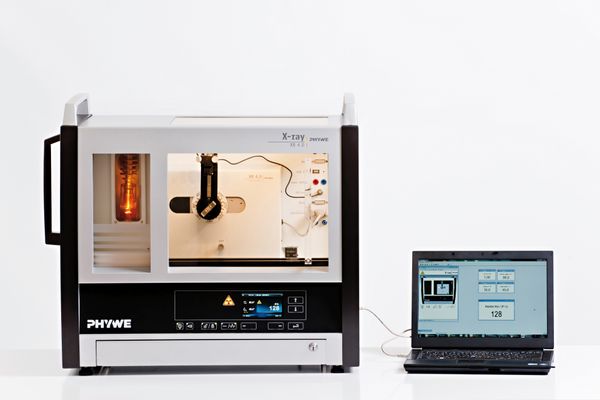setTimeout(function(){
window.print();
},500)

Technical data Compton scattering of X-raysArticle no: P2541705  Principle Compton scattering is to be achieved by directing an X-ray beam against a piece of plastic. The portions of the scattered X-rays at various angles is to be measured with a counter tube. Measurements are to be made with an absorber positioned in front of and behind the scatterer, so that the Compton wave length can be determined from the varying intensity attenuation of the X-rays at different wavelengths, using a premeasured transmission curve. Tasks
Learning objectives
Scope of delivery
| ||||||||||||
PHYWE Systeme GmbH & Co. KG
Robert-Bosch-Breite 10 – 37079 Göttingen – Germany
www.phywe.com
Robert-Bosch-Breite 10 – 37079 Göttingen – Germany
www.phywe.com

